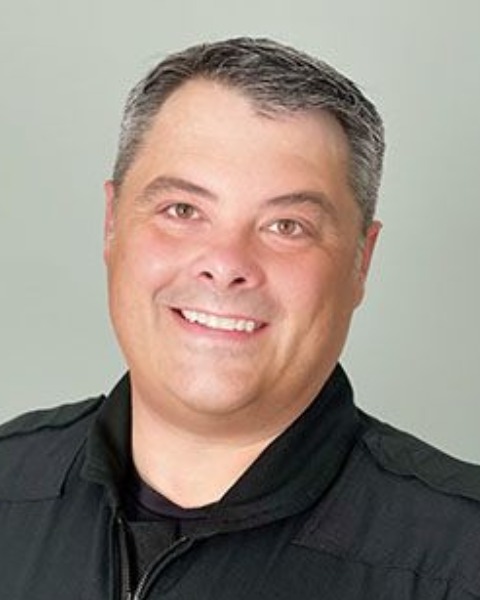Main Conference
Education
Line in the Sand: An approach to help develop critical thinking skills and treatment decision making.
Friday, September 22, 2023
2:15 PM - 3:15 PM CT
Location: 343/344
CE: 1
Sponsored By


Julius McAdams, BME, FP-C, CCP-C, NRP
Clinical Education Coordinator
Novant Health AirLink/ VitaLink
Wilmington, North Carolina
Speaker(s)
Disclosure(s):
Julius McAdams, BME, FP-C, CCP-C, NRP: No financial relationships to disclose
Performing skills and administering drugs are ingrained in our prehospital training and education. But how do we come to the decision when, or how, or IF we should perform the skill or administer the dug? It's time to elevate how we train to critically think about how to treat a patient! Traditional prehospital education has provided us a foundation through instruction and general guidance. However, we need to learn how to factor in the dynamic environment in which EMS clinicians function. Where we provide care, our experience, the equipment available. These are just some of the variables we navigate providing care for our patients.
Having a “line in the sand” is an effective and proven way to assist in decision making and critical thinking. In this presentation we will begin the discussion explaining what a “line in the sand” is. We will move to how crucial a “line” can be in making decisions in high stress situations. How taking the time to develop this skill is unique to every clinician at any level and can improve your patient outcomes. Finally, how adjusting your “lines” with changing factors throughout your career will help you to grow professionally and as a clinician.
Having a “line in the sand” is an effective and proven way to assist in decision making and critical thinking. In this presentation we will begin the discussion explaining what a “line in the sand” is. We will move to how crucial a “line” can be in making decisions in high stress situations. How taking the time to develop this skill is unique to every clinician at any level and can improve your patient outcomes. Finally, how adjusting your “lines” with changing factors throughout your career will help you to grow professionally and as a clinician.
Learning Objectives:
- Describe what a "line in the sand" is and how it can be crucial in effective critical thinking and decision making in high stress situations.
- Understand how to develop the necessary skills to establish a "line in the sand" and how to use their "line".
- Explain how to adjust their "line" as different internal and external factors change throughout their career.
